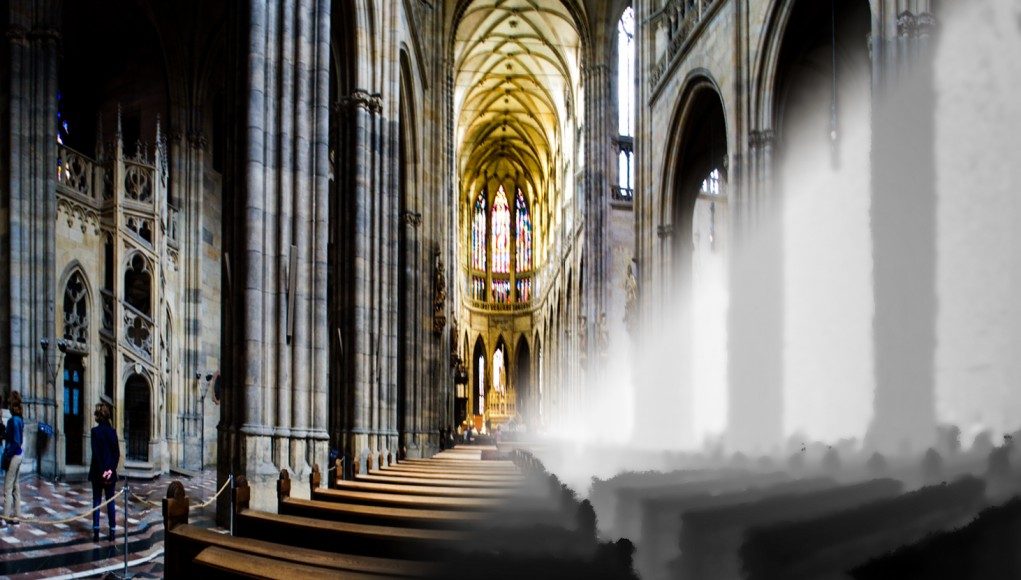Uncorporeal are unveiling what it terms as it’s “Holographic Photography Technology” which the team claim will allow anyone with a smartphone to create 360 VR viewable scenes with 3D parallax from a few dozen photos.
Static photogrammetry, the process of capturing and recreating a three dimensional spaces from photography, has seen significant progress since the advent of the latest wave of VR technology. The prospect of virtually visiting a photo-realistic recreation of a location without ever leaving your home is enticing on many levels, and that’s without considering the educational potential of such technologies. But right now, photogrammetry can be expensive to pull off, requiring not only expertise but the capture of 100s of photos in some cases.
Uncorporeal are claiming they’ve come up with a solution for ‘normal’ end users that allows them to take 20-30 photographs with standard cameras ranging from the pro-sumer level to the average smartphone, and from that build a spherically projected, 3D rendered scene which can convey depth and parallax to a user wearing a positionally tracked VR headset and, potentially in 360 degrees (depending on how many images you capture of course). So whilst not quite “holographic”, certainly a technically impressive claim.
“Our team is thrilled with this technology because we’ve never experienced anything that quite makes you feel like you’re actually inside of a photo,” said Sebastian Marino, CEO and co-founder of Uncorporeal Systems. “By creating a three-dimensional environment, at real-world scale, we’re able to give the viewer a sense of presence that is fundamentally missing from 360 degree panoramic experiences. Compared to traditional photogrammetry, our method requires an order of magnitude fewer images, making the process available to everyone and even quite fun.”

Uncorporeal have just released a new demo for the HTC Vive on Steam which attempts to convey what can be achieved using their capture and processing pipeline. The demo features a collection of scenes captured by the Uncorporeal team for you explore.
However, this is just the ‘viewer’ portion of the pipeline. Uncorporeal’s key selling point here is being able lower the bar of entry for photogrammetry, allowing the capturing scenes and memories to revisit immersively by every day folk. Clearly that’s something not demonstrated here and we’re looking forward to seeing that in action because if they can pull it off, it could be quite something.









